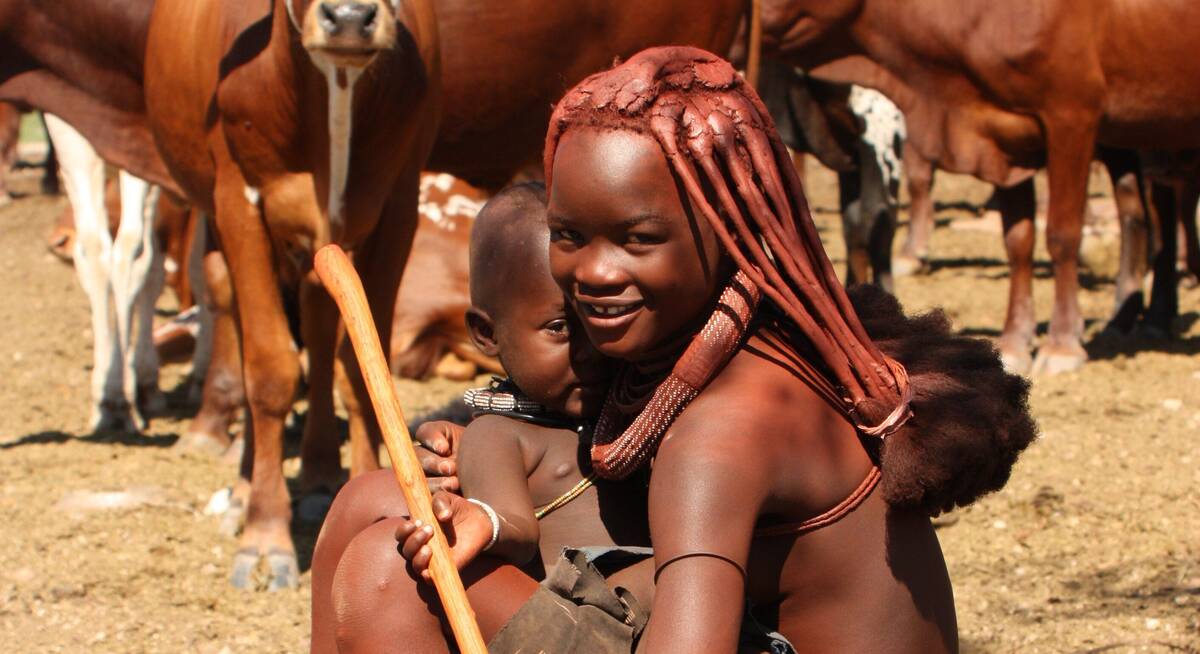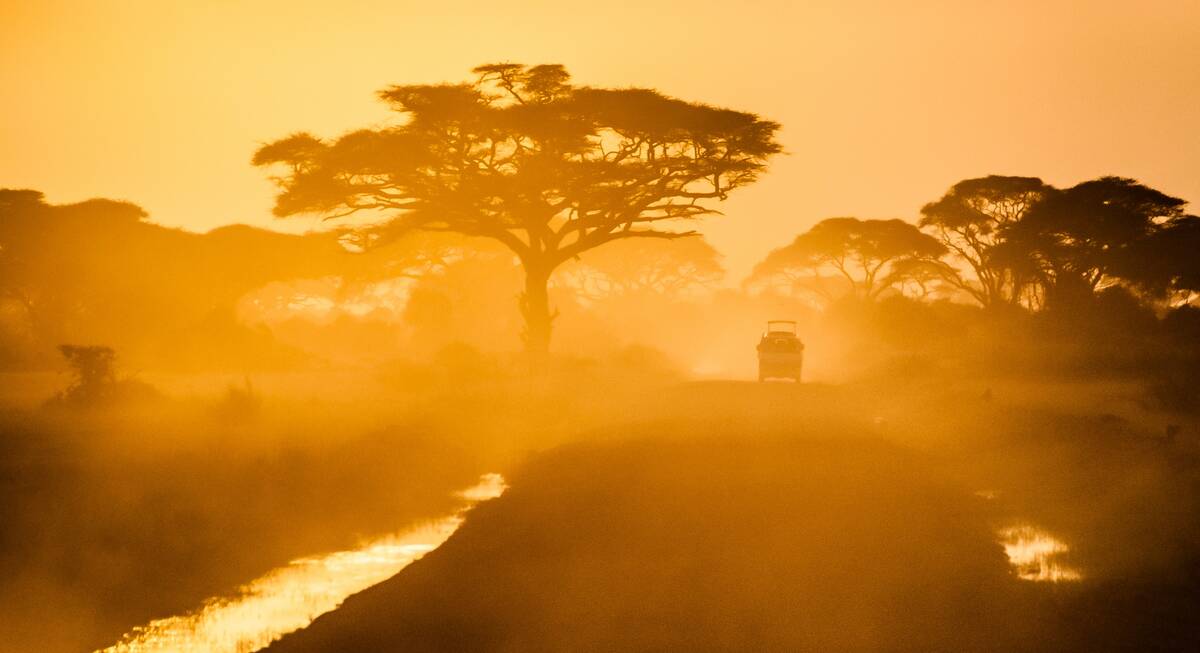White Rhinos in Africa
The white rhino is the largest and most numerous of the world’s five rhinoceros species. More visible and approachable than the black rhino, it survives today thanks to over a century of intensive conservation.

Quick facts about White Rhino
| Scientific name: | Ceratotherium simum | Habitat: | Woodland savannah |
|---|---|---|---|
| IUCN status: | Near Threatened | Adult weight: | 1,800–2,700kg |
The white rhino is the world’s largest land animal after the elephants and, on average, nearly twice the weight of the black rhino. ‘White’ does not describe its colour, which is grey, but may derive from the Dutch word wijd and refer to its ‘wide’ mouth – an adaptation for grazing.
Other features that distinguish it from the black rhino include a huge head, invariably held low, a humped shoulder and a fin-like ridge on the spine. White rhinos form small groups of females and young that graze regular ‘lawns’.
Adult bulls are solitary, and mark their territories using large dung middens. Female produce a single calf, born without a horn, roughly every three years.
±18,000
Population (IUCN, 2018)
50km/h
Max. speed
±50 years
Life expectancy
205cm
Record horn length
Africa's top camps for seeing white rhinos
Based on 622 reports by our travellers since May 2018, the camps below have the best chances of sighting white rhinos. Simply follow the key below.
Best chances to see
Good chances to see
Some sightings
No sightings yet
Where to see white rhinos in Africa
Although the vast majority of white rhinos are in southern Africa – notably South Africa - they can still be seen in other countries. Reasonably approachable by vehicle, they may also be tracked on foot.
Top tips for viewing white rhinos
All today’s white rhinos trace their origins to South Africa’s KwaZulu-Natal, the final retreat of the species by 1900. The reserves here, together with the Kruger Park, still support most of today’s population, but the species has also been reintroduced to selected reserves in Botswana, Namibia, Zimbabwe, Eswatini and Kenya.
Wherever white rhinos occur, conservationists maintain tight security against the ongoing poaching threat. Good viewing is typically around waterholes, where the animals drink daily, or at mud wallows, where they cool off during the midday heat.
This species is reasonably docile and more tolerant than black rhino of vehicles. Guided walking trails also offer thrilling encounters and allow you to explore rhino terrain, with its rubbing posts, wallows, dung middens and other tell-tale signs.

Holiday ideas to see white rhinos
Based on our travellers experiences, these are the holidays which will give you the best chances of good white rhino sightings

Our top destinations for white rhinos
Click below for detailed information about white rhinos in these countries, including our latest sightings data from the camps and lodges there.

















